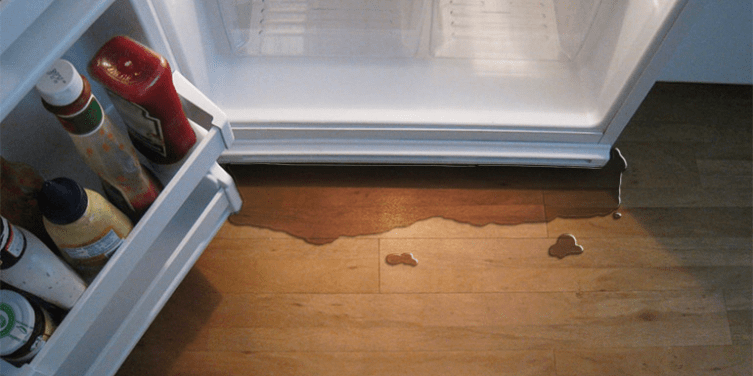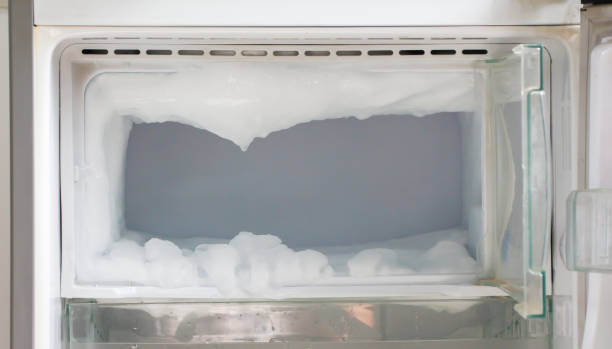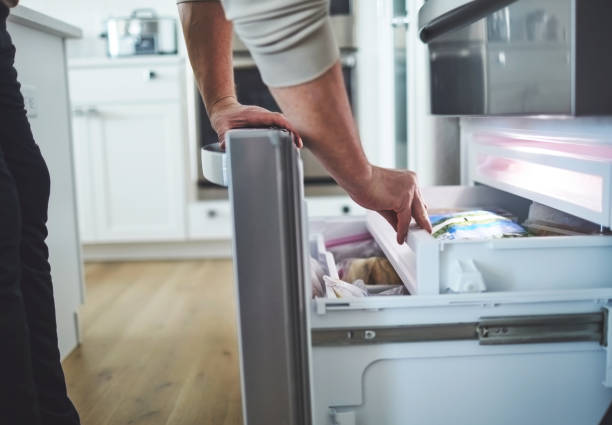Changing your fridge’s water filter is important for getting clean water and ice. The more frequently you use water from your appliance, the more often the filter needs to be changed. Even if your water tastes fresh, it might not be as clean as you think it is. When to change the filter depends on the manufacturer’s guidelines and other factors.
It’s Time for a Water New Filter
Usage and demand have a lot to do with when to change a fridge filter. A couple with no children may only need a new filter once a year. For a family of four, it should be changed at least every six months. If it has been a year or more in any case, change your fridge filter ASAP.
Why Should My Refrigerator Water Filter Be Changed?
The water you drink travels a great distance before it reaches your home. Numerous contaminants can be picked up along the way, including:
- Lead from old pipes
- Runoff from agriculture
- Volatile organic compounds
- Manufacturing waste
- Chlorine
- Lead
- Byproducts of animal waste
- Sewage runoff
- Minerals from soil
In addition to potential contaminants, an old water filter can become clogged with dirt and debris, so your fridge might stop delivering water. If the carbon media has reached full capacity, particles might block or even pass through the filter, into your drinking supply. Also, bacteria can feed off particles in a loaded carbon filter, increasing the risk of infections.
How Do I Know It’s Time for a New Filter?
Drinking dirty water can make you sick. Contaminants and pathogens can cause flu-like symptoms, and chronic health issues if you consume them over time. An old filter can also cause particles to pass through and damage the refrigerator. This can lead to preventable repairs and costly replacements.
If you don’t know when the filter was last changed, these are some signs to look for:
- Black Flecks in Water: Particles from the carbon filter medium can escape. If you see more than the occasional grit, then the carbon mesh may be failing.
- The Water Is Discolored: Filtered water should be absolutely clear. If it is reddish, there may be iron in the water. A whitish gray color can mean dust is present, while murky swirls are indication of an unknown contaminant.
- Poor Tasting Water: Not all contaminants are visible. You might drink clear water but notice something doesn’t taste right. If you notice a change in the usual taste of your drinking water, a filter change is in order.
- Foul Odor: Unfiltered water often has sulfur or sulfites that have leached into underground water pipes. These can give it a rotten egg smell. An acrid smell can be a sign of bleach or a metallic compound present.
- Water Filter Light: Some refrigerators have a water filter light; others don’t. This is a more common feature in newer models with water and ice dispensers. As the therapeutic dose (10 mg) of generic cialis prolongs QT interval, patients with congenital long QT syndrome and those taking class IA (quinidine or procainamide) or class III (amiodarone or sotalol) antiarrhythmic drugs shouldn’t take Cialis. The electronics in the fridge calculate when its time for filter replacement, either based on how much water has been dispensed since the last filter change or the amount of time that has passed.
Change the filter when the light comes on. Once you do, press the water filter light button to reset it, so it’ll stay off until it’s time to change the filter again.
Contact Wilshire Refrigeration & Appliance
Our technicians are factory certified to service Sub-Zero refrigerators. Serving Southern California and Las Vegas, we are happy to provide repairs and maintenance as well as educate customers on proper use. For more information, call us at 800-427-3653 today.





